I've got such an extraordinary photographer to share with you today! Our December Photographer of the Month is Kymri Wilt, who is also our Nature & Wildlife Editor. She's a world traveler, and has a way of capturing the essence of a situation and sharing that with us. Her work is both for the armchair traveler (whether it is in the Andes or on safari) and for the global traveler looking for new inspiration. Her images stay with us long after we've seen them - they are that powerful! We were lucky enough to sit down and chat with Kymri about her photography, inspiration, changing the world, and more. Here's what she had to say...
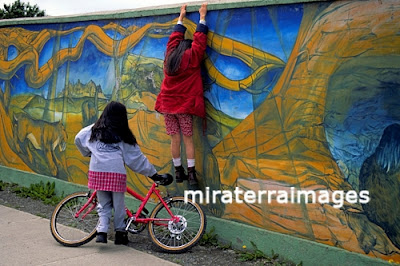
Americas, South America, Chile, Puerto Natales.
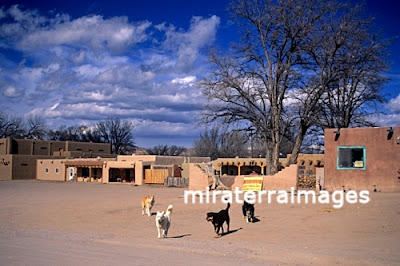
USA, New Mexico, Santa Fe. Pueblo dogs greet visitors to San Ildefonso Pueblo
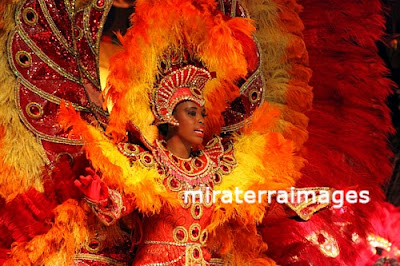
South America, Brazil, Rio. Colorful costumed female dancer of the Plataforma Show in Rio
WE: How did you get interested in photography?
KW: One of my earliest memories was toddling into my father's den, the shelves lined with National Geographics, where I would spend hours looking at all the pictures before I could even read. I would pull them from the shelves and organize them on the floor according to my favorite pictures. That's where my inspiration took root, and my interest and appreciation for photography as an observer undoubtedly began then.
As a photographer, I think eventually it was photography that got interested in me. I have always been interested in people and travel, preserving memories, and sharing experiences. The more others became interested in my pictures, the more meaningful it became to me, and the more serious my interest in photography grew.
Photography was always a passion, a sidekick interest to document life experiences, my college years abroad, and of course, my travels. Simply sharing my passion for travel with others, via photography, paved the way to it becoming my profession. When I was younger I had various dreams and goals of what I wanted to become, what I wanted to do with my life - and I never imagined I would end up doing exactly what I love most, traveling and taking pictures! I feel so blessed.
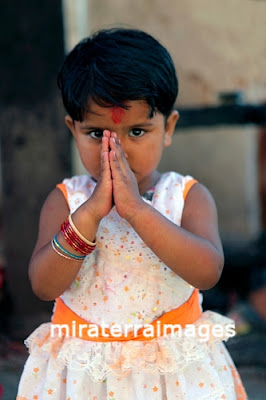
Asia, Nepal, Kathmandu. Young girl's Namaste
WE: How long have you been a photographer?
KW: The first and only formal training I had as a photographer was an after school special interest class I took during my 5th grade year. I remember that all the other kids had those modern auto-focus Kodak pocket cameras with film cartridges, and I had to use my father's old camera, and load and wind the film myself, and learn to focus manually. It was an Argus SLR, and I still own it, and the slide projector, and both still work to this day! I have continually owned cameras and taken pictures ever since.
WE: What is your favorite place to photograph? Or subject?
KW: I find Peru, India, and Morocco to be very photogenic destinations, with lots of subject variety: historic, cultural, and natural, rich with colors, textures, and ambiance.
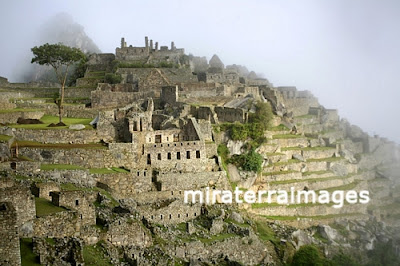
South America, Peru, Machu PIcchu. The ancient citadel of Machu Picchu cloaked in mist
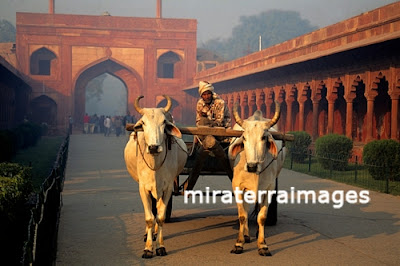
Asia, India, Uttar Pradesh, Fatehpur Sikri. Two oxen pull a cart outside the fort
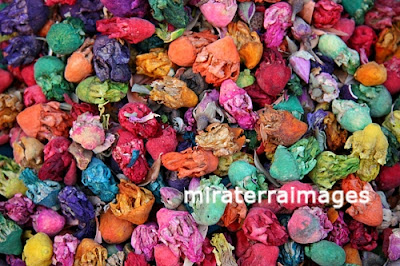
North Africa, Africa, Morocco, Marrakesh. Colorful dried flowers in the souks of Marrakesh
I enjoy China for photographing people, they seem to welcome the lens more than other cultures. And more often than not, the Chinese people want to take my picture too, so we share the experience of being both subject and photographer.
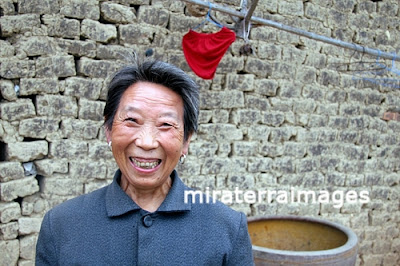
Asia, China, Yichang. Farm woman with welcoming smile in rural China
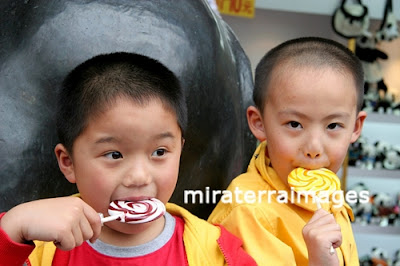
Asia, China; Shanghai. Two Chinese boys enjoy matching lollipops amidst the hustle of Yu Gardens in Shanghai
My favorite subject to photograph is wildlife in the wild - animals in their natural habitats are unpredictable and challenging to compose; but always exciting to track and watch, with or without a camera.
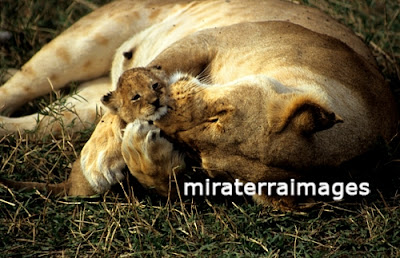
East Africa, Kenya. Mother lioness cares for cub
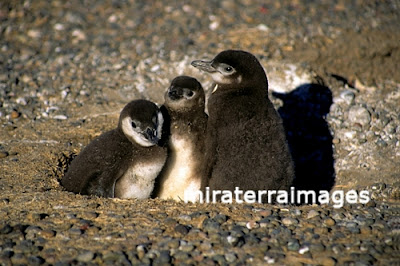
South America, Argentina, Punta Tombo, Chubut Province. Seasonal nesting grounds of the Magellenic Penguins
I also feel quite lucky to have a photogenic kid, how can I not consider her a favorite subject too?

North America, USA, Alaska, Skagway. Young girl enjoys meeting the dogs and puppies on a "Glacier Dog-Sledding" shore excursion in Alaska.
WE: How can photographers help change/impact the world, while they are traveling?
KW: I think travel photographers are in a position to have a profound impact in the world, primarily as educators. There is no language barrier involved in a photograph, and an image can speak a thousand words. Photographers are able to document and respect cultural differences, while revealing the connectedness that we all share.
Personally, I like to give back when I can. So when I am fortunate to photograph certain subjects (i.e. Gaden Shartse Monks, Ugandan Children's Choir, etc.), I make a point of donating proceeds back to the organization or cause. Recently I was able to give back in a big way, by donating my time and skills to film a documentary for the benefit of an orphanage in Nepal. The experience alone was more rewarding than any paycheck I've ever earned. And the film and images are sure to have an impact with the potential to change lives of children all over the world. Since my style of photography is more editorial, I capture life and moments as they happen. It's not always scenic and beautiful or happy smiling faces. But my images do inspire people - to travel, to care for others, and to respect our planet.

The Watoto Children's Choir performing in Seattle, Washington. Watoto provides opportunity and hope to AIDS orphaned Uganadan children.

Central America, Latin America, Guatemala, Chichicastenango. Locals help tow a broken down bus out of the intersection.

Central America, Latin America, Costa Rica, Golfo Dulce, Cana Blanca Wildlife Sanctuary. Hoffman's Two-Toed Sloth (Chloepus Hoffmani)
WE: Are there rules in other countries people need to be aware of about who or what you can or cannot shoot?
KW: Yes, every country is different, but even within a country you'll encounter differences. I remember many years ago when I went to Kenya, my guide warned me "Maasai don't like to be photographed, because they believe that when you take a picture you are stealing a part of their soul." Well, who would dare disrespect that? Then a few miles down the road, there were some locals who were willing to be photographed for money. I laughed and questioned my guide "oh, so they're willing to sell their soul?" And then later, at a Maasai village, the male elder granted permission to photograph anyone in the village, so the whole "stealing their soul" dilemma didn't end up being an issue at all.

Africa, Tanzania. Maasai boys after emorata, the circumcision rite of passage. They must wander in small groups and fend for themselves to prepare for moranhood, or manhood.
In many parts of the world - you'll find people wanting money to be photographed. The local guides (and I) discourage you from giving money to them for doing nothing more than posing, because it encourages begging, keeps able-bodied people from working or being productive, and widens the social and cultural gap between the local and the traveling visitor. When children are presented, who may appear like they need to be fed, reserve your impulses. There is often nothing genuine in this situation, except perhaps the traditional clothing they are wearing. This is a classic scenario in well-touristed parts of Peru. Now it has become almost impossible to get an authentic cultural photo in these areas, though it can be done with some effort and willingness to connect as people rather than toss a few coins their way. The more you get off the beaten path, the fewer rules apply, and the more likely you are to bring home a captivating image instead of a been-there-done-that-took-the-picture snapshot that costs everyone their dignity.
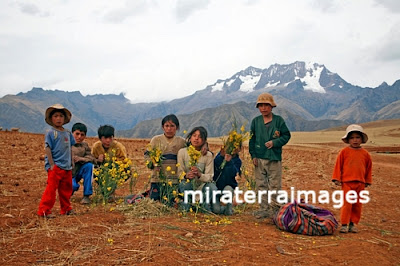
Americas, South America, Peru, Andes. Children of the Andes
There is no crime in taking a photograph if you are pure of intention and integrity. The crime comes with what is done with the image, which is why rules and laws have been put in place. It really comes down to each of us as individuals, and the choices we make with a camera. When my subject (or it's guardian) is comfortable with me, the rules don't apply, and everything rests on mutual respect. For photographing people in any culture, regardless of customary beliefs or stigma or laws, patience and a smile go a very long way.

North Africa, Africa, Morocco, Marrakesh. A Morrocan woman and her child near a doorway in the old city of Marrakesh
WE: Any tips you want to share?
KW: One tip on equipment: Always carry a drysack large enough to shove your camera (and lens) into no matter where you are, on land or at sea. Trust me on this and thank me later!
A few tips on shooting: My personal m.o. is "shoot first and ask questions later", but I hesitate to give that same advice to others. I shoot more from the heart than the head, but always with my conscience as my editor. Avoid posing people or saying "smile", ugh! Come out from behind the camera and engage with people before you just snap a picture, or even after. A willingness to share the experience of photography with the subject makes a huge difference - and it's easier now with digital. These boys have just been shown their photo which I took while they were playing ball - this resulting image, and experience, is far more engaging.
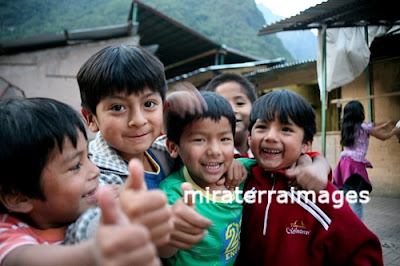
Americas, South America, Peru, Aquas Calientes. Peruvian boys at play
WE: Is there anything else you'd like to share with us?
KW: Yes! The world! There is no greater education than the experience of travel. With my photography and writing, I hope to inspire others to travel, to educate themselves, and to take a closer look at our amazing, beautiful planet and everything on it. Be inspired!
WE: Thanks so very much, Kymri! I love seeing your photos of the world - it brings us all closer.
For more information, please see:
Mira Terra Images http://miraterra.com
Mira Terra Images Stock Galleries http://miraterraimages.com
Mira Terra Travel Blog http://www.miraterratravel.com/
All images courtesy and copyright Kymri Wilt, Mira Terra Images.
